Buying what they want, when they want it, is top of customers’ shopping lists - but still many of them don’t manage this simplest of tasks. According to research company HIM’s latest survey of 30,000 people, 7% failed to make a purchase during their visit to a c-store or forecourt, compared with 5% last year.
However, it seems that poor availability isn’t always to blame, as only 40% of these shoppers blamed the store for being out of stock, compared with 47% last year. Instead, it’s jumbled shelves, inappropriately-sized packs and stale food that puts them off. Nine per cent said they couldn’t find the product (compared with 4% last year), 4% couldn’t get the size they wanted (1% last year) and 8% said the item was past its sell-by date (1% last year).
According to HIM director Peter Segal, expectations about standards have gone up as c-stores and forecourts are being used to buy a wider variety of goods. "Shoppers are more prepared to buy fresh food and top-up items and, in the bigger forecourts, are using them to buy their shopping a couple of times a week." That’s why there’s more chance they might find something missing or in the wrong size while increased expectation of standards also means they’re checking sell-by dates more often.
And this concern about food extends to a desire for healthy options in a forecourt - although stores don’t always deliver. HIM believes shoppers want to know about nutritional content and found that one-third look for the nutritional value of food most of the time.
"C-stores need to up their game and offer more healthy food as more people care about nutrition and health," says Segal. "These concerns are the same when they’re just filling up and buying a sandwich as when they’re doing the weekly shop, so retailers need to make sure they offer a wide range of products."
After availability, staff friendliness is key for shoppers - although interestingly, it’s more important for shoppers when they’re in traditional c-stores than forecourts. Speed of service is more important in a forecourt.
HIM’s research reveals that most staff are doing a good job, according to customers who gave them 8.9 out of 10 for friendliness - up from 8.7 last year - while they’re also getting speedier service, with shoppers awarding 8.7 out of 10, up from 8.4 in 2006.
Although the majority of staff were praised for their good manners - saying thank you and goodbye - it seems that they’re not fulfilling their role as ’sales’ staff, according to HIM. Only 8% asked customers if they had found what they were looking for, 2% told shoppers about an in-store promotion and 2% asked if the shopper wanted to play the lottery.
How a forecourt is laid out can also have an impact on sales. Most forecourts are visited when consumers are on a ’snacking’ mission and there’s a job to be done to develop this, says Segal. For example, in an area with office workers, sites could offer drinks, sandwiches and crisps in one part of the store. Meanwhile, BP’s Fast Lane format lets people who just want petrol, pay for it quickly.
"There’s an opportunity for forecourts to lay out their stores better," he adds. "Think about your marketplace and use the concept of different missions to lay out zones."
Finally, it might be heartening to know that two-thirds of shoppers don’t care about prices in c-stores. "Focusing on getting customers’ perception of the store right can contribute to whether they think they’re getting good value," explains Segal.
----
=== shopper differences by format ===
Traditional forecourt
Average visit - twice a week
Average spend - £4.75
Primarily on a fuel (37%) then a snack mission (30%)
Most likely to buy confectionery, soft drinks, newspapers and cigarettes
Grocery forecourt
Average visit - three times a week
Average spend - £8.61
Primarily on a frequent main shop mission (23%), then a top-up mission (19%)
Most likely to buy milk, bread, grocery, chilled foods, fresh fruit and vegetables.
Source: HIM
----
=== shopper Missions (average forecourt) ===
Fuel - 34%
Newsagent purchase - 18%
Snack/drink - 18%
Treat - 7%
Top-up - 8%
Distress - 5%
Frequent main shop - 1%
Other - 1%
Source: HIM

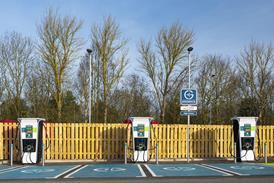
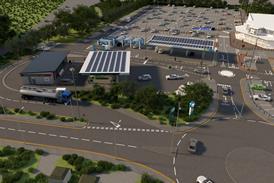
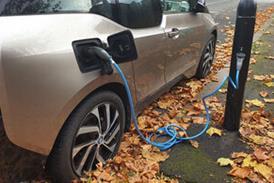
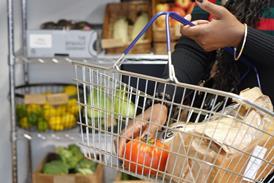
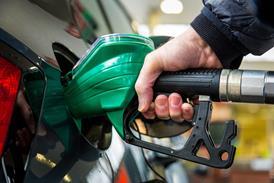
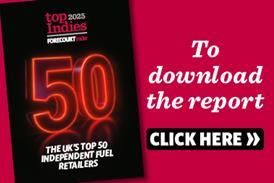

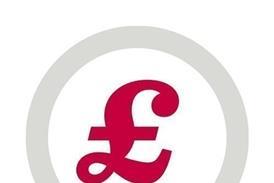
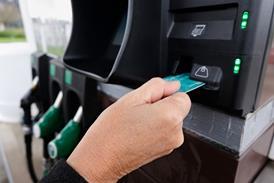


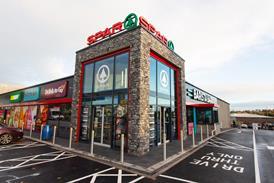
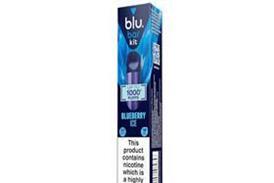
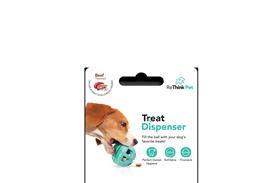
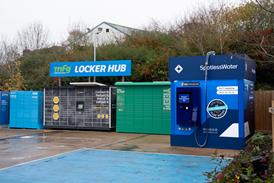
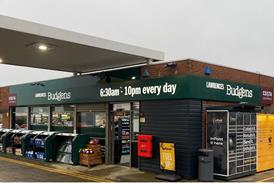
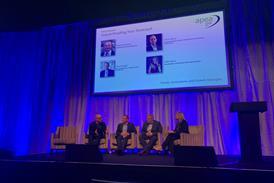
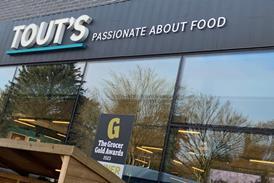



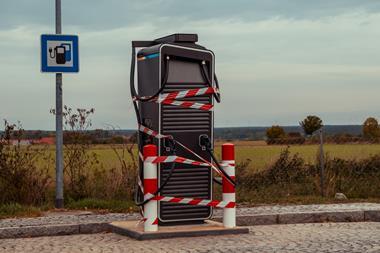

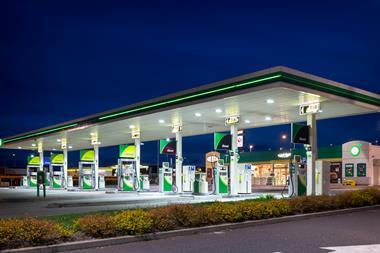
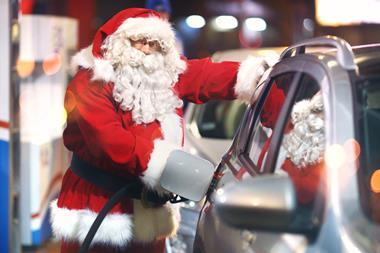
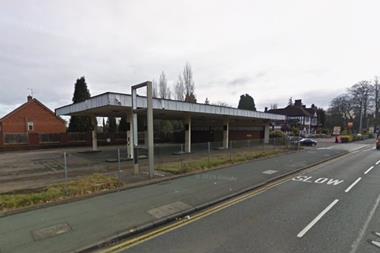
No comments yet